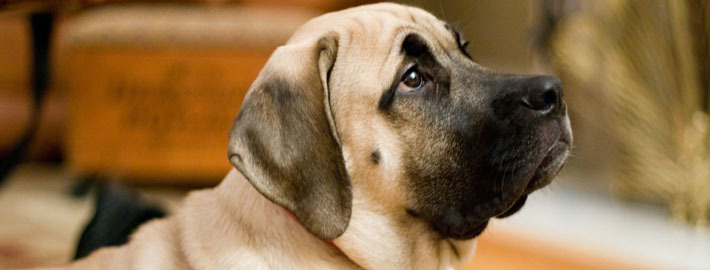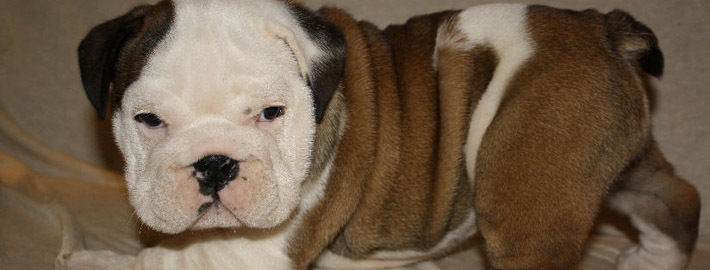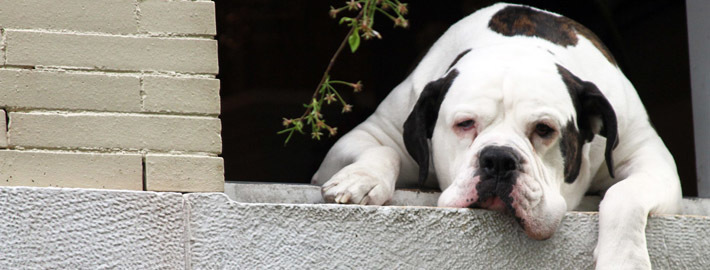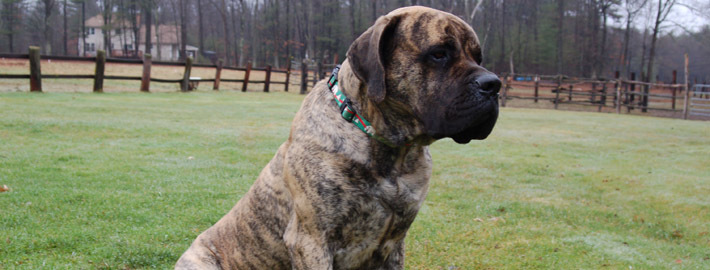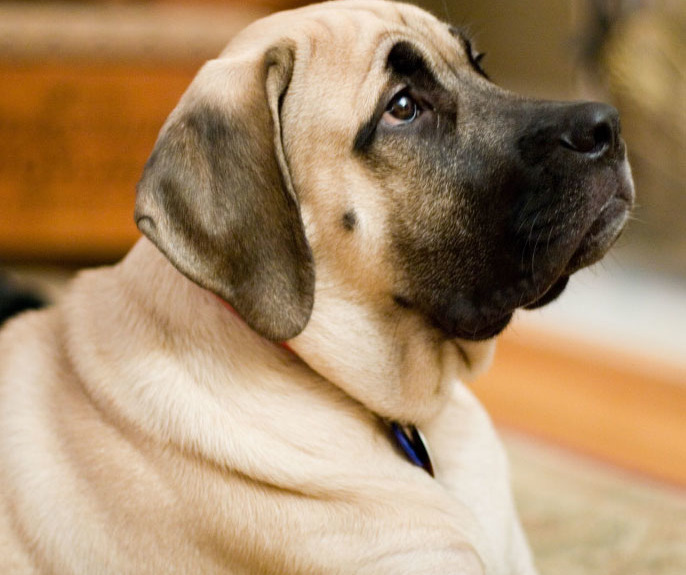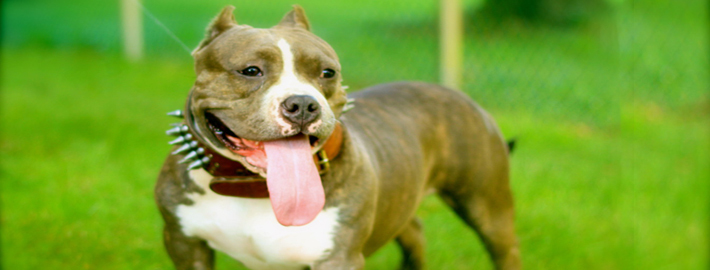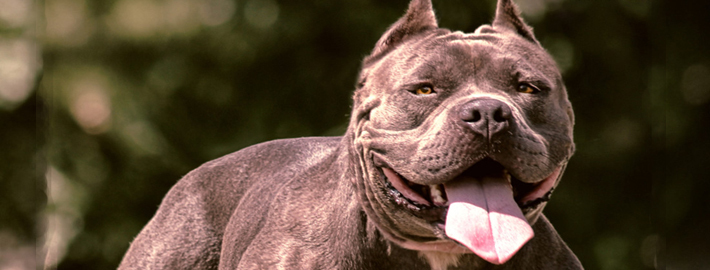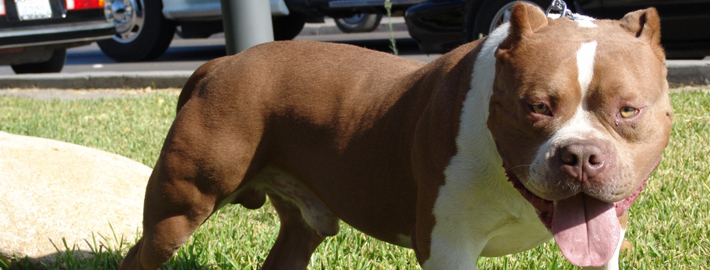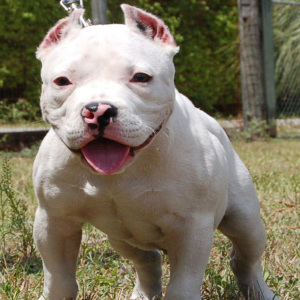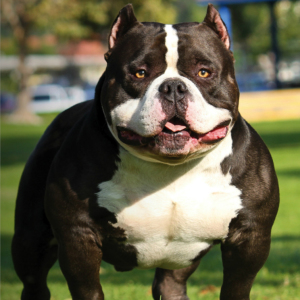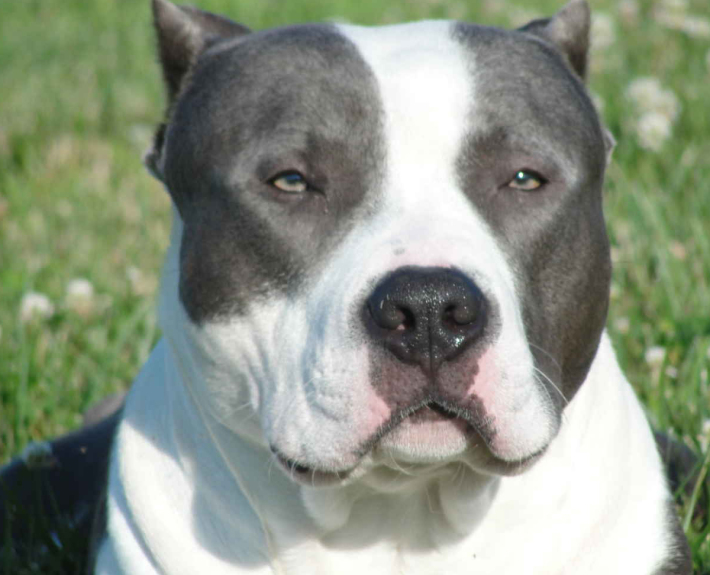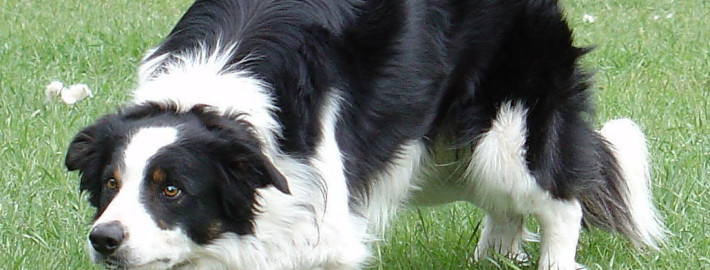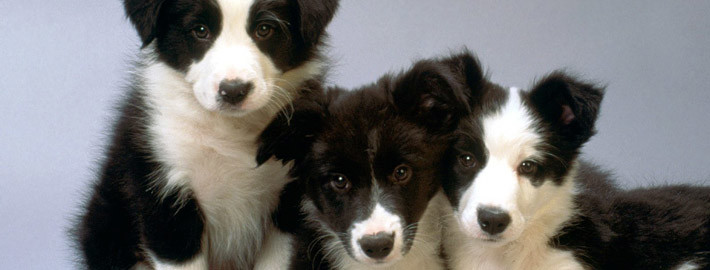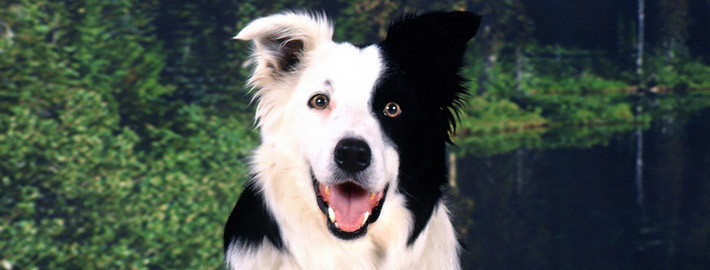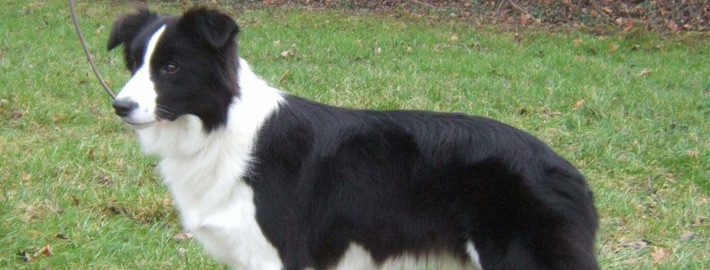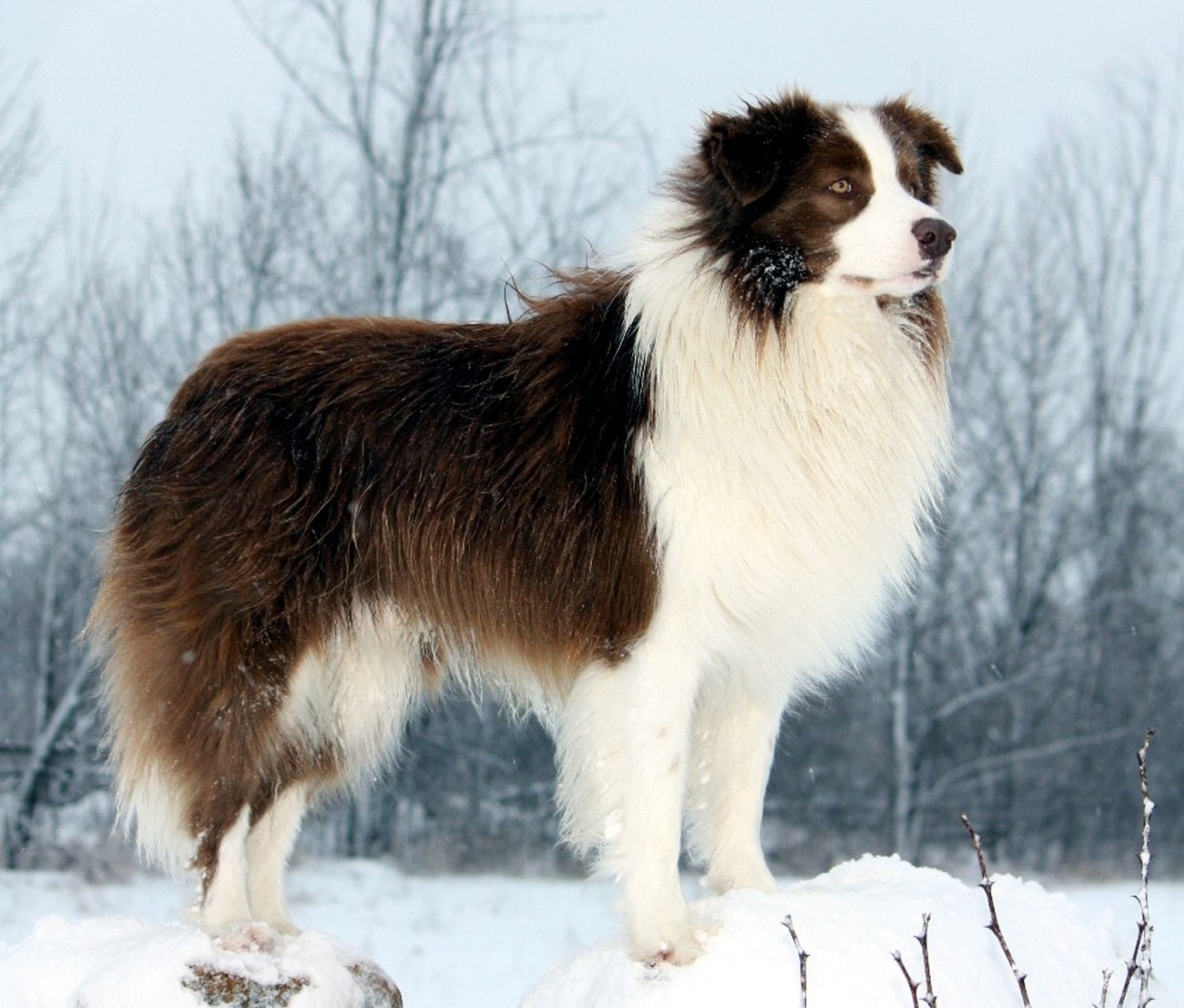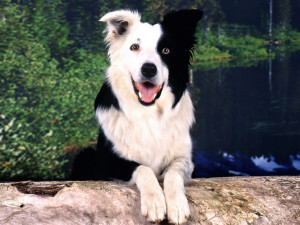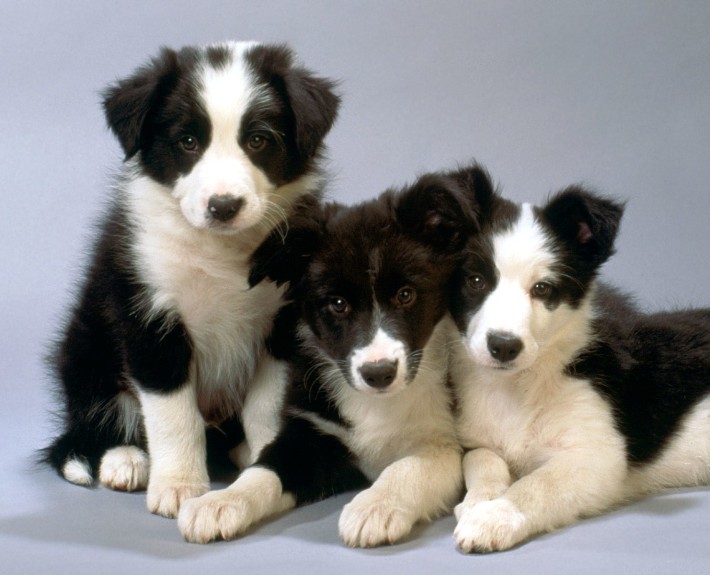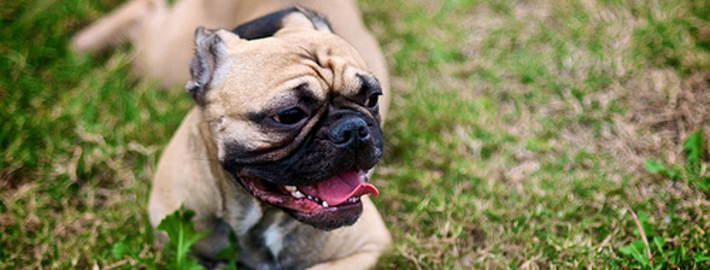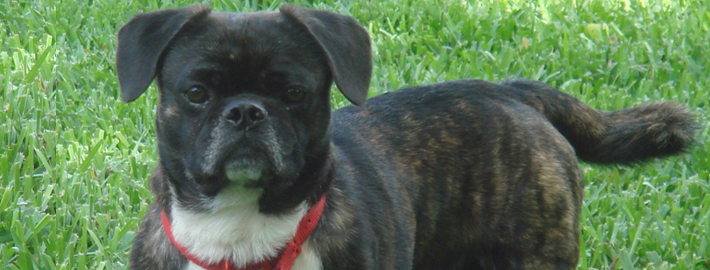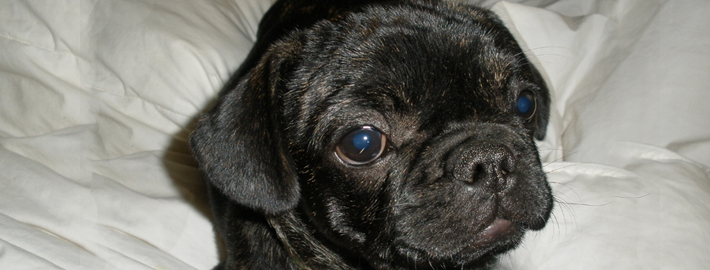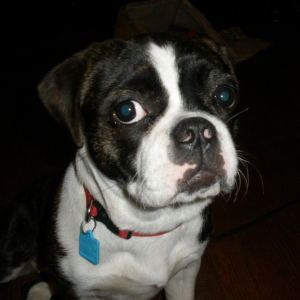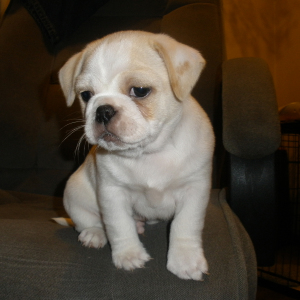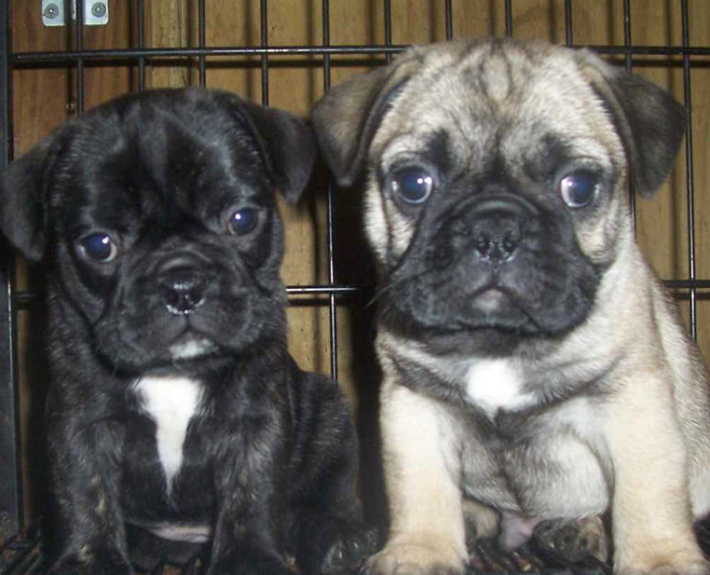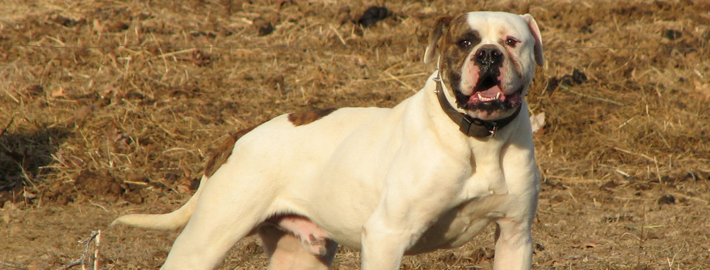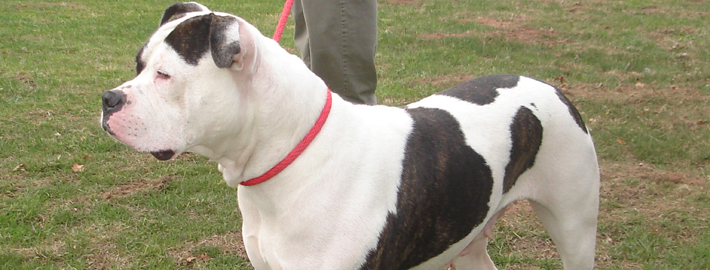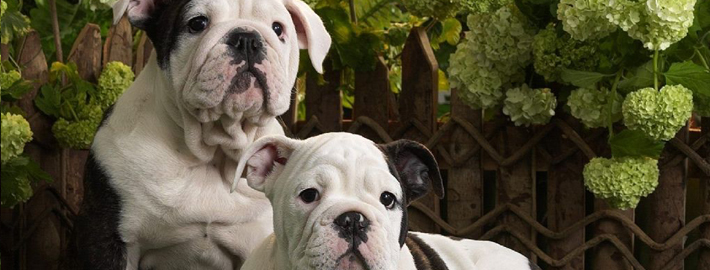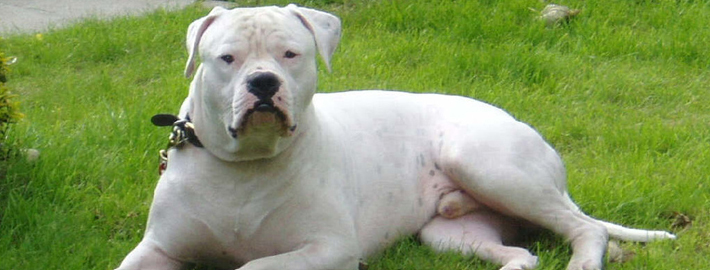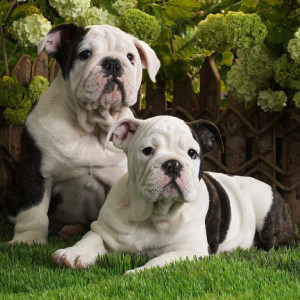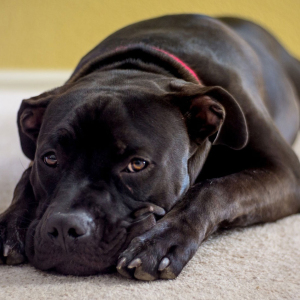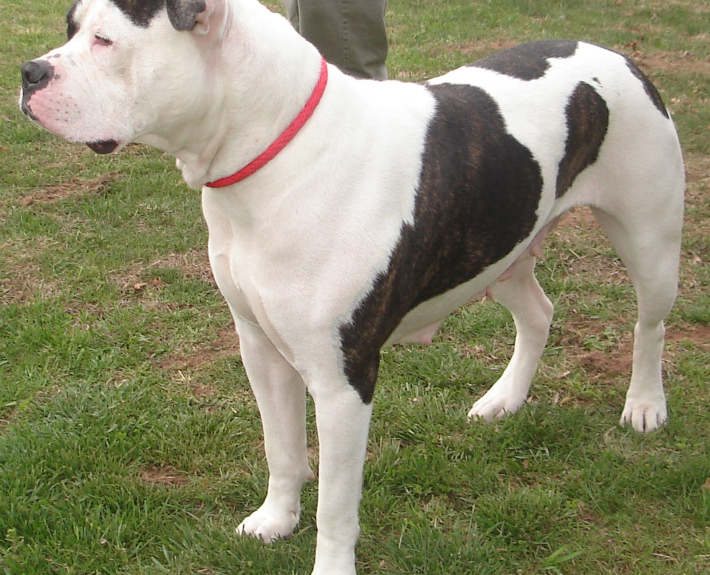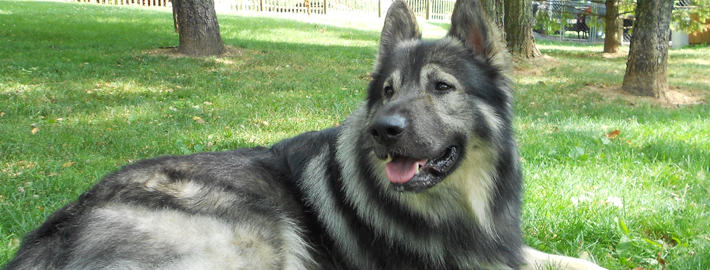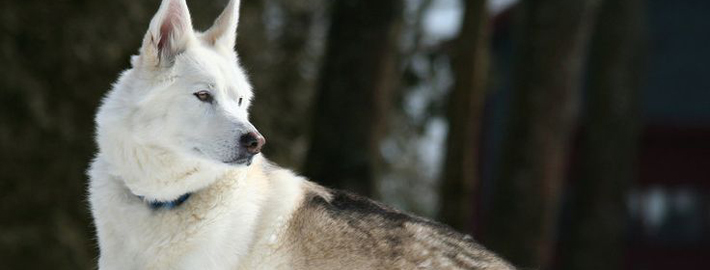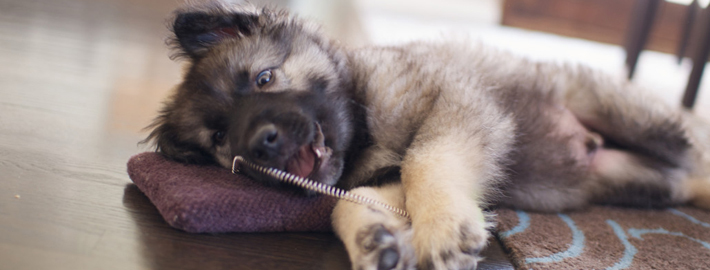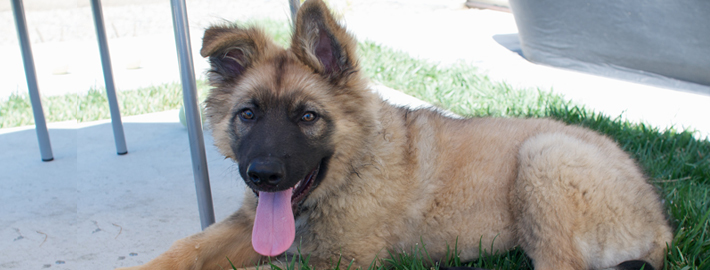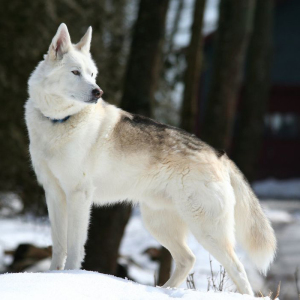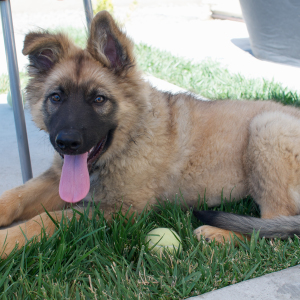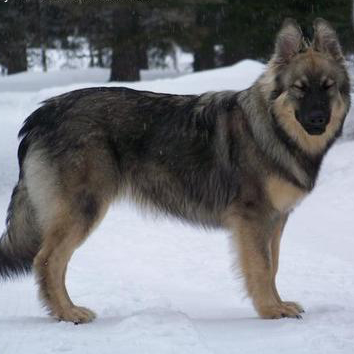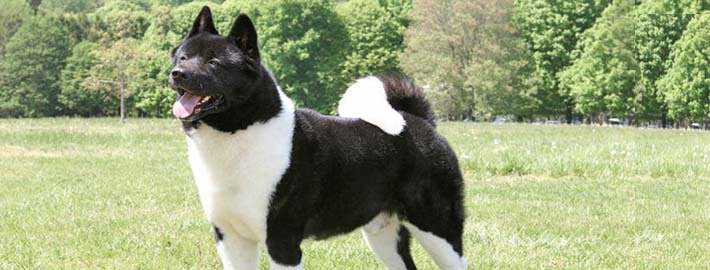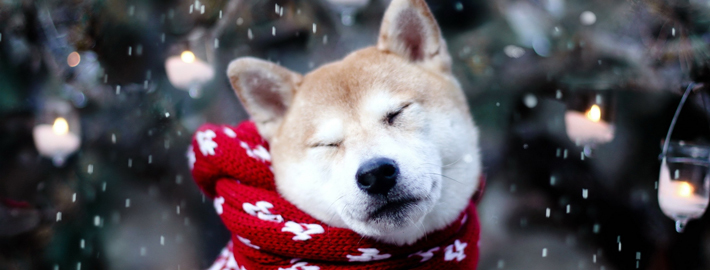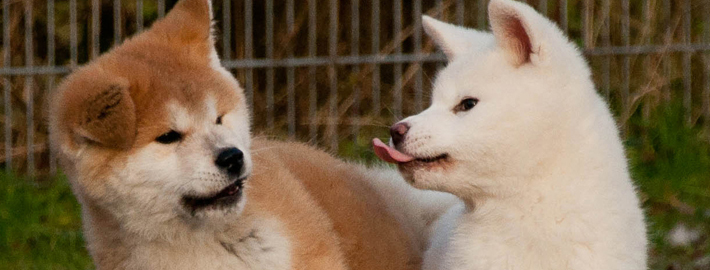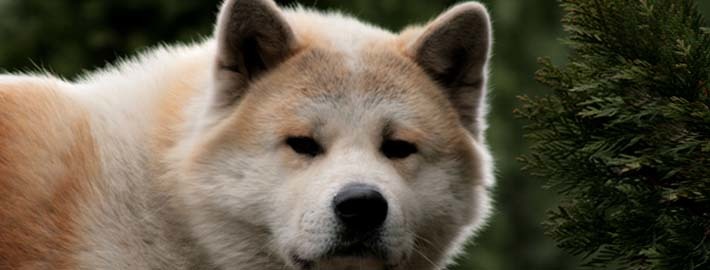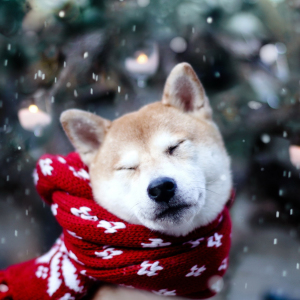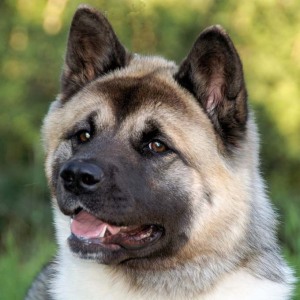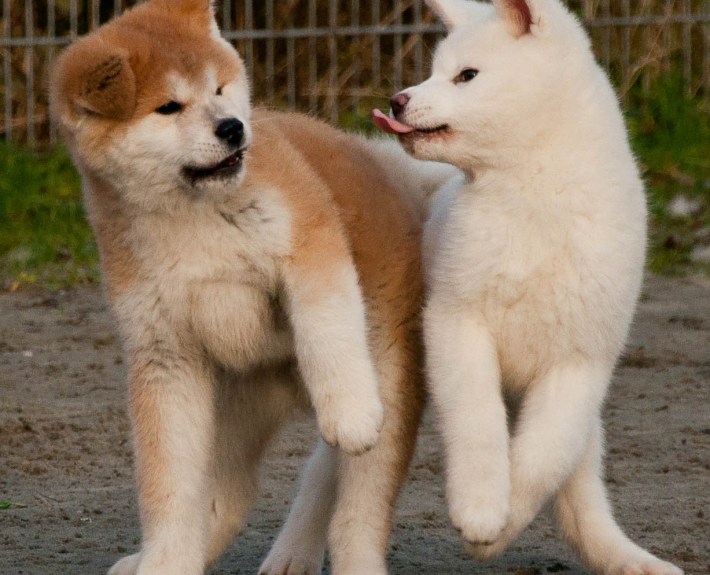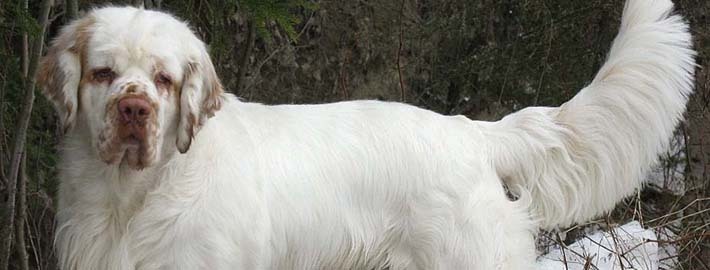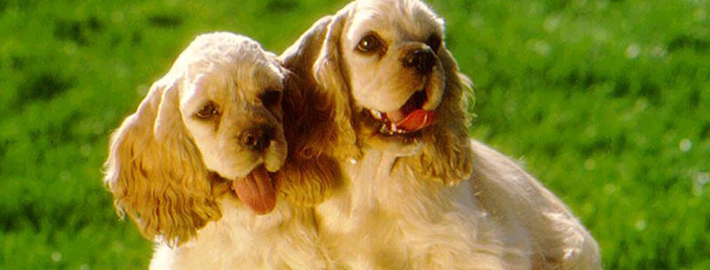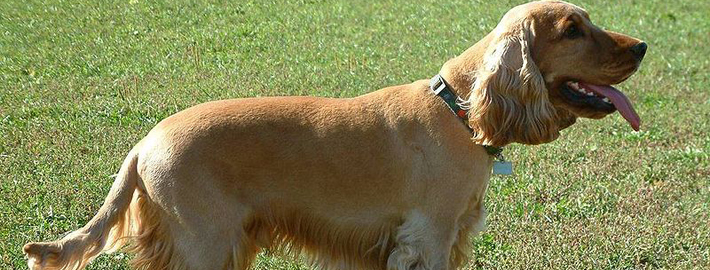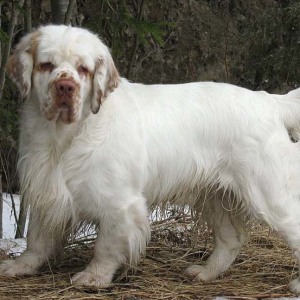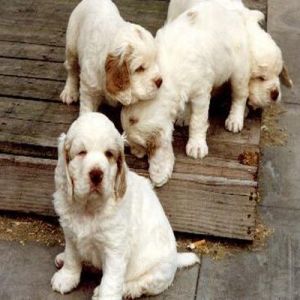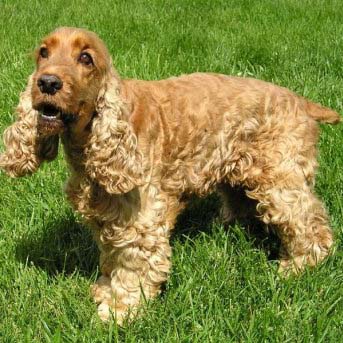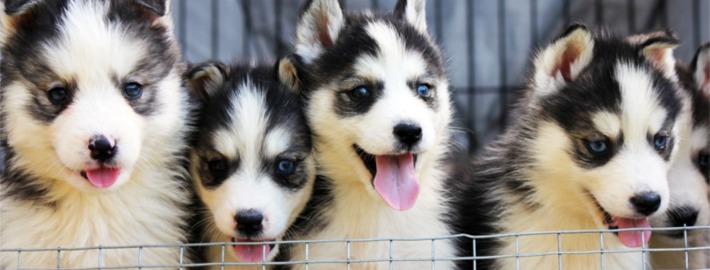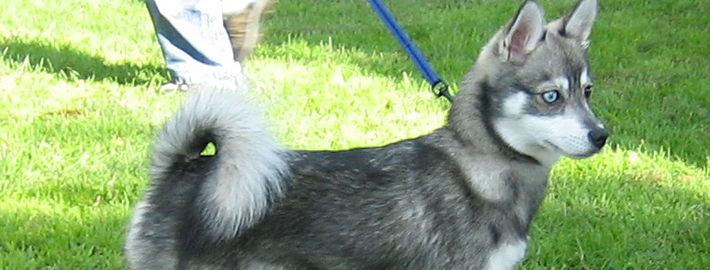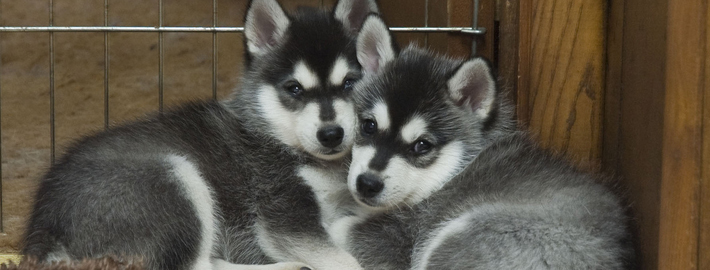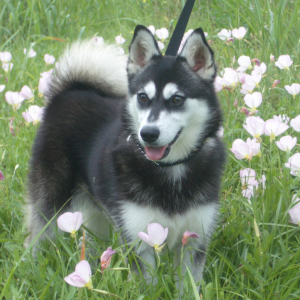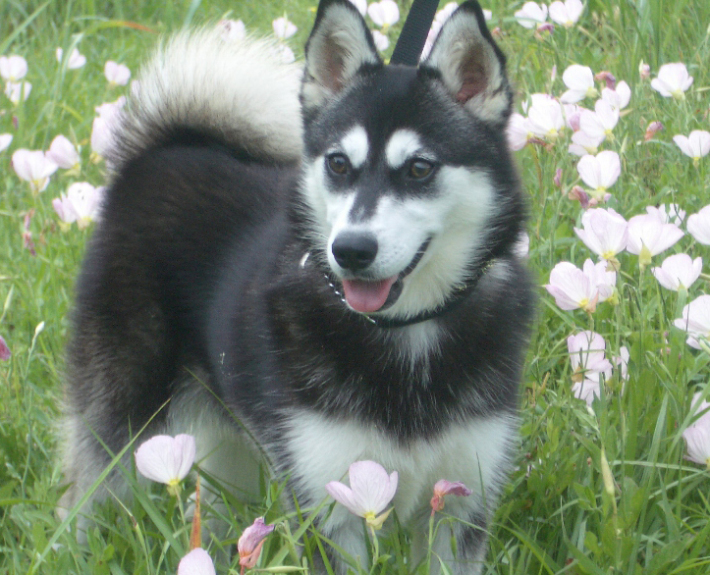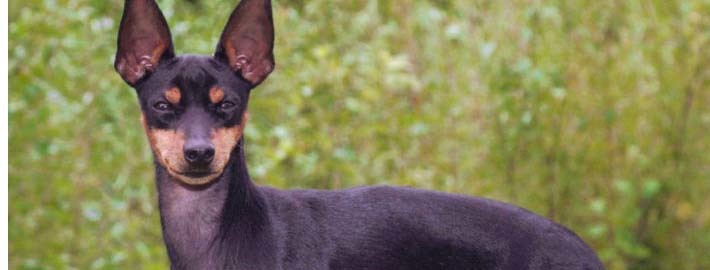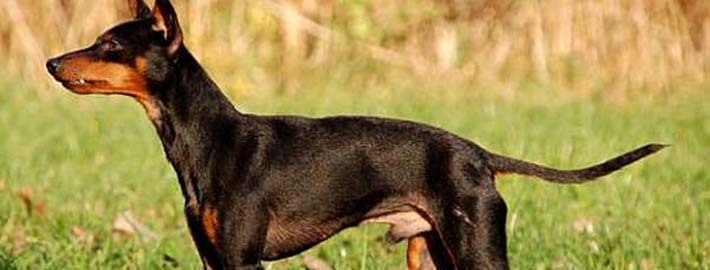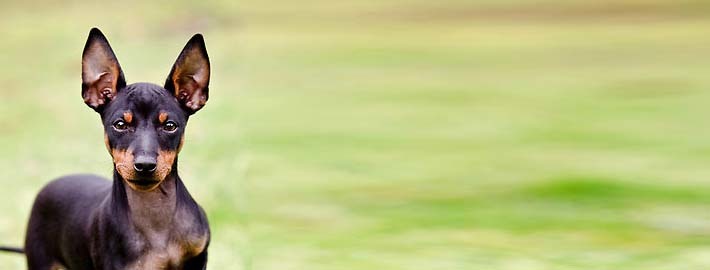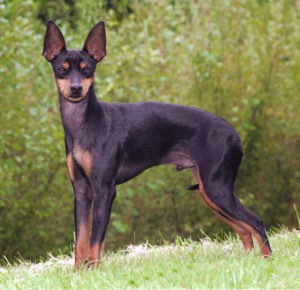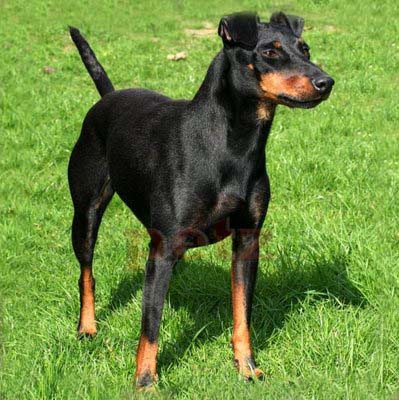American Mastiff
American Mastiff – The Gentle Giant
What makes the American Mastiff Unique?
The American Mastiff is a gentle giant, wanting nothing more than to be near their owner. For those of you with children, the American Mastiff will favor your children, following them, playing with them, drowning them in kisses, and just generally making sure they’re safe. They are quiet protectors and will stand between you and whatever they perceive to be a threat. They do not bark senselessly nor do they wander. These noble dogs are sensitive and want to please their master, needing only the tone of your voice as a correction.
Page Contents
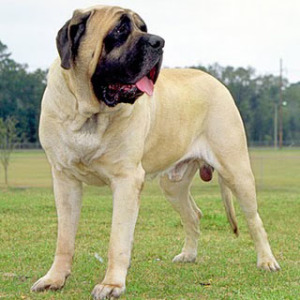
Is the American Mastiff Right For You?
They are generally not known to be good around children, therefore a American Mastiff would probably not be a great addition to have around your family. Although each dog will be unique, temperament can also help dictate each dog breeds’ general disposition. The American Mastiff would be a good fit for owners looking for dogs who are loyal, quiet, and social.
Dogs can be a huge responsibility depending on the dog’s shedding habits. It is important to be mindful of how much time you want to spend cleaning up the hair or fur that your dog sheds, as well as providing the appropriate amount of hair brushing, haircuts, bathing, trimming, and ear care. The American Mastiff sheds moderately, and requires minimal grooming.
In 5 Words
- Loyal
- Social
- Calm
- Loving
- Protective
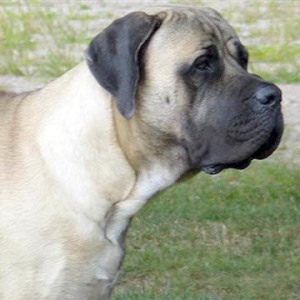
Characteristics
Learn About the American Mastiff
Description
General Description
The American mastiff is a large, massive, powerful dog with a moderately broad head, dropped ears, kindly wide set eyes, of brown or amber color, the darker the better. Powerful neck, wide, deep chest, muscular back. Tail is wide at the root, tapering to the end, hanging straight in repose, forming slight curve. The overall appearance should be of proportions slightly longer in body than in height.
Size
The American Mastiff has an average height of 32 inches, which is above average compared to all other dog breeds. Therefore, the American Mastiff is ideal for owners who live in larger homes and do not worry about having fragile property or furniture damaged. However, if you live in a smaller home (e.g. a city apartment) and would like an American Mastiff, make sure that you have the time to give him/her enough exercise on a daily basis.
Coat
The coat must be short and dense, and of a fawn , apricot or brindle color. However, as in other mastiff breeds, very rarely a puppy will have a longer coat; this is known as a “fluffy” and is extremely rare but not a fault.
Short History of the American Mastiff
The American Mastiff was developed by Fredericka Wagner of Flying W Farms in Ohio over 20 years ago when an Old English Mastiff was crossed with an Anatolian Mastiff (Kangal). With this combination, you get a dog that has fewer hip problems, lesser drooling, and a longer life expectancy than many giant breeds. American Mastiffs are registered with the Continental Kennel Club (CKC) who recognized this breed as purebreds in January 2000.
Temperament
The American mastiff is a combination of grandeur, good nature, and gentleness. Dignity rather than gaiety. They are neither shy nor vicious. The well trained American Mastiff is calm, controlled, and confident. Understanding, patient, and loving with their family, especially children. They are generally aloof towards strangers. A well-socialized American Mastiff is friendly yet sensitive and alert to changing situations. They are not aggressive by nature but will defend their family if necessary. They respond to threats with judicious warnings and courageous action if needed.
Caring for Your American Mastiff
Grooming & Bathing
The smooth, short haired coat is easy to groom. Brush with a firm bristle brush and wipe over with a piece of toweling or chamois for a gleaming finish. Bathe or dry shampoo when necessary. This breed is an average shedder.
Exercise & Training
American mastiff needs daily moderate exercise, consisting of either a good walk or game. He does not enjoy hot weather; in fact he is a breed that should live inside with his family so that he will be inclined to fulfill his role of devoted guardian. He tends to drool.


